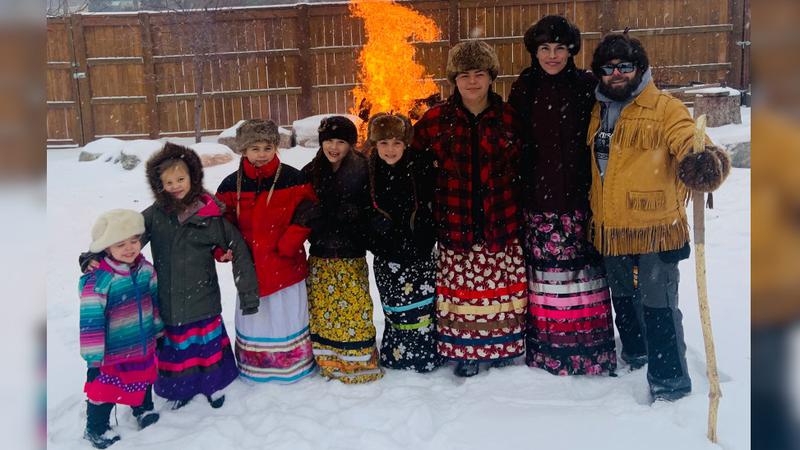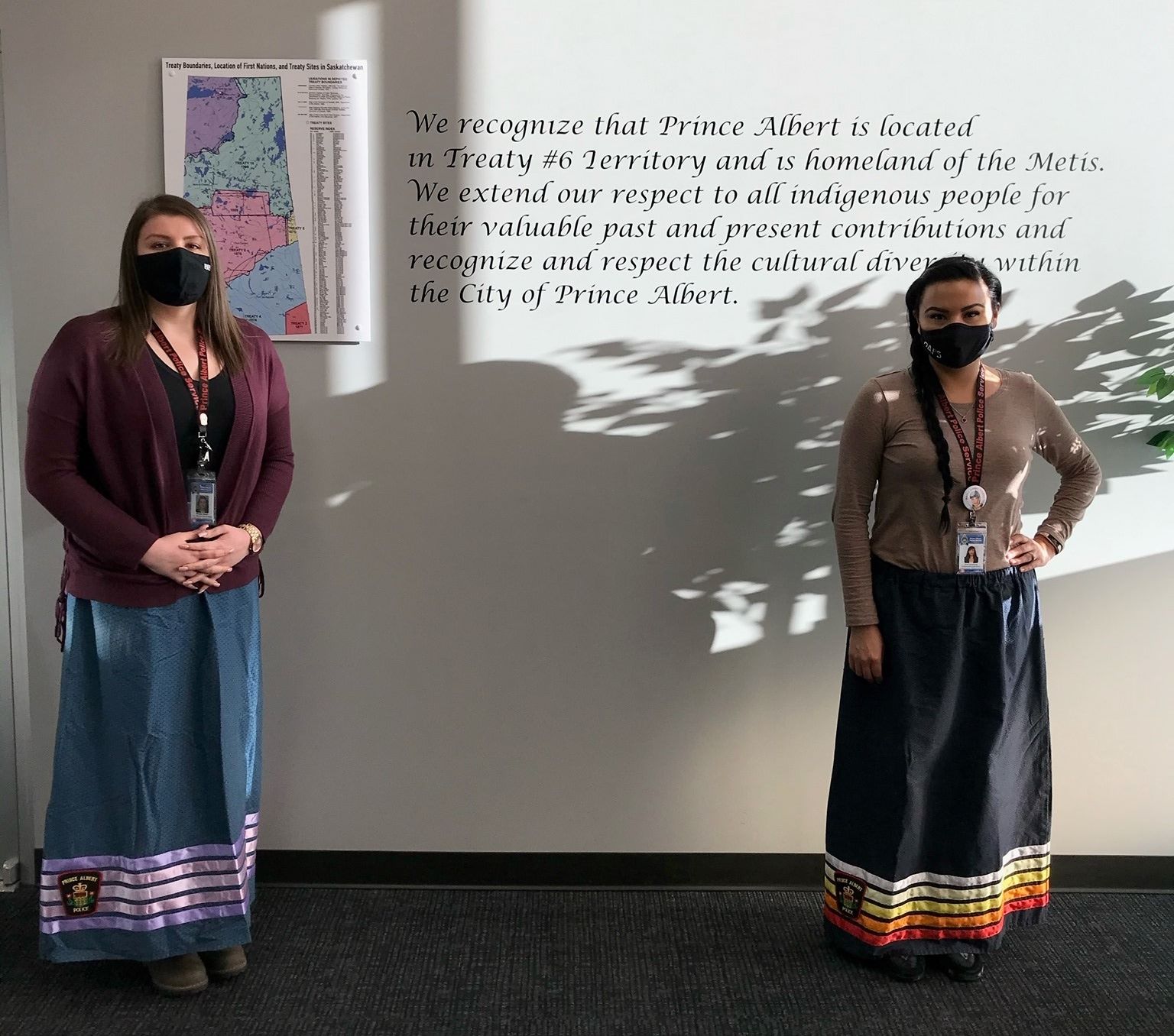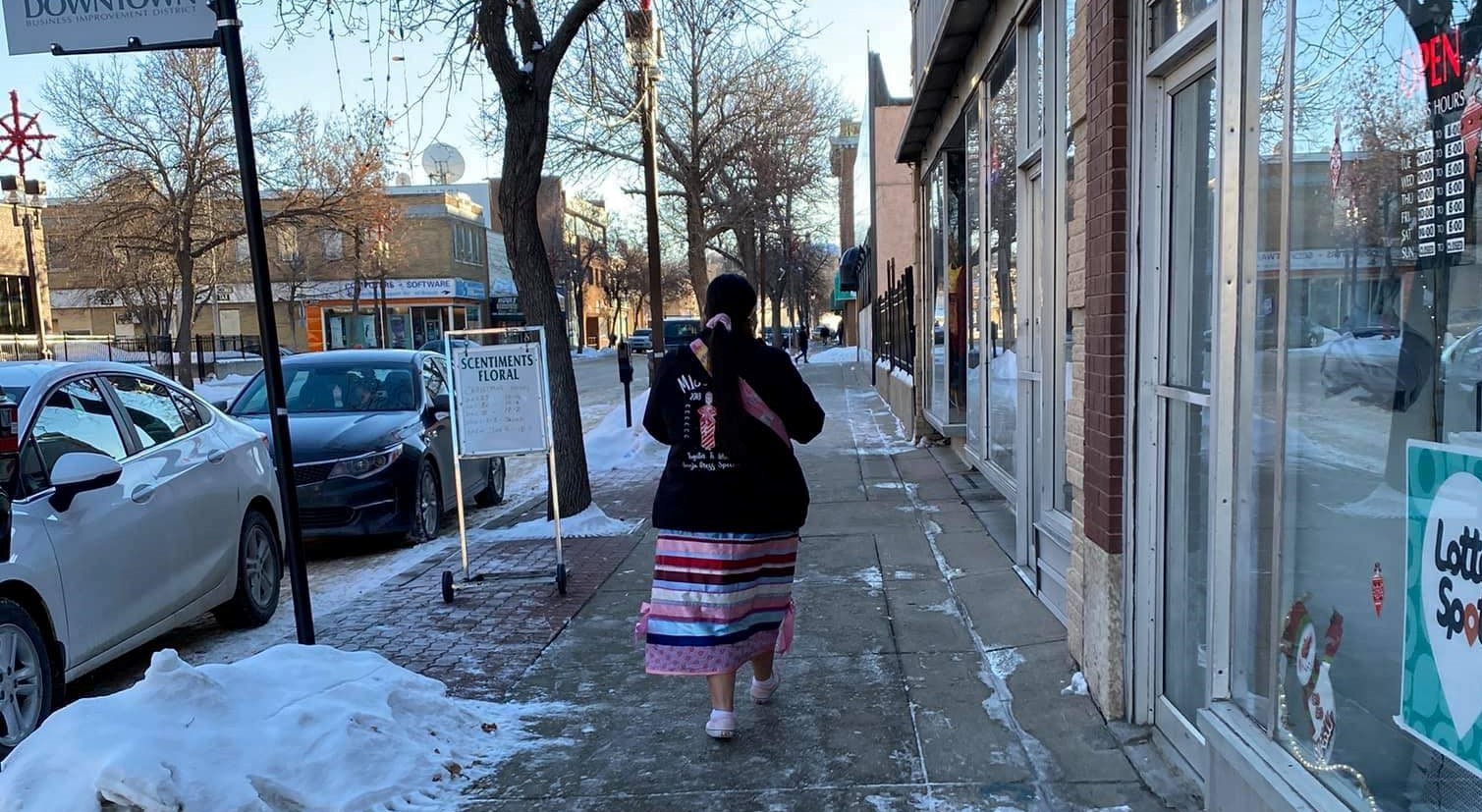
FSIN encourages school divisions to adopt ribbon skirt day
The organization that represents 74 First Nations in Saskatchewan is calling on all school boards and divisions across the country to participate in a Ribbon Skirt Day challenge, as a means to help bring awareness to the important teachings and meanings behind the First Nations tradition of making and wearing ribbon skirts.
The challenge from the Federation of Sovereign Indigenous Nations (FSIN) Executive, comes after news a 10-year-old girl in Kamsack was told by school staff member the handmade skirt she was wearing, did not fit in with the formal day standards and that it should have compared with another child’s clothing. The Good Spirit School Division has since apologized, and promised to review the incident.
“We are a proud people full of culture, traditions, prayers and ceremony. We encourage all school staff, teachers and students to participate and use this as a learning opportunity in and out of the classroom,” FSIN Chief Bobby Cameron said in a statement. “Our rich cultural history and traditional teachings are sometimes expressed through our clothing items and regalia and for many in our communities, ribbon skirts and shirts are sacred gifts that are worn with pride as an expression of our identity and to honour those around us.”
 A Facebook group created in support of young Bella Kulak, has over 4,000 members and is filled with submissions from all over the province and country. (Kulak Pelly Ribbon Skirt Support/ Facebook)
A Facebook group created in support of young Bella Kulak, has over 4,000 members and is filled with submissions from all over the province and country. (Kulak Pelly Ribbon Skirt Support/ Facebook)



